Taking Measure
Just a Standard Blog
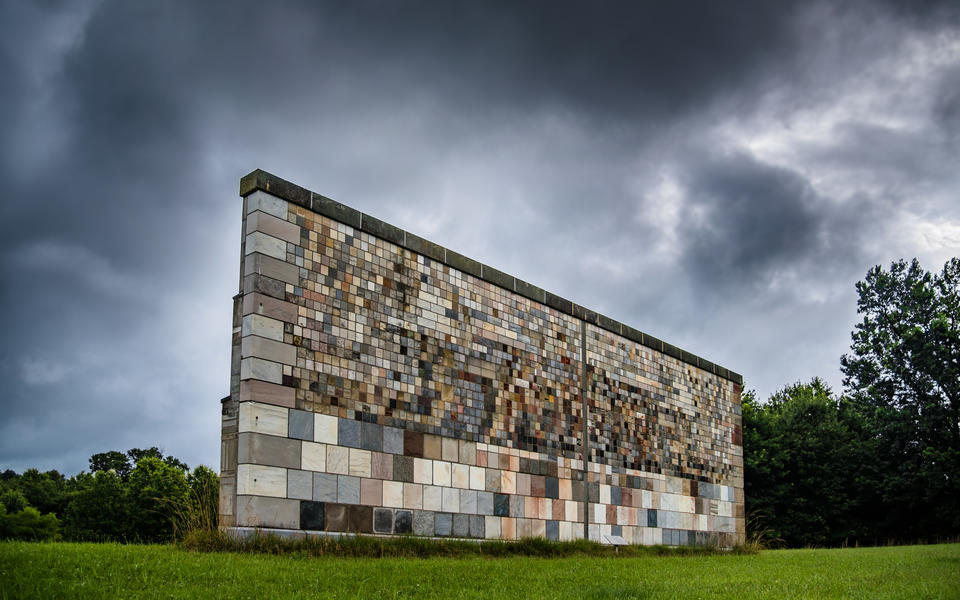
NIST’s stone test wall, just after a summer rain.
Frequented by more deer than people, the NIST stone test wall lives a fairly isolated existence. Out among the trees and the grass on the south end of the Gaithersburg, Maryland, campus, it cuts an imposing and visually bizarre figure. Set in the mortar of its technicolor face are more than 2,000 square and rectangular stone samples showing off practically every naturally occurring type and color of stone. Nearly 70 years old, it is the world’s longest-running weathering experiment for stone samples, as well as a reminder of the symbiotic relationship between science and industry.
Over the past 70 years, the stone test wall has served as a sort of check against so-called “rapid-weathering” tests conducted in laboratories. Builders want to know if the stone they select today will still be strong and visually appealing decades into the future. With rapid-weathering tests, a piece of stone can be subjected to years’ worth of abuse meted out by factors like sunlight, temperature changes and moisture, in just a matter of weeks. And although rapid-weathering is highly efficient and an industry standard, the stone test wall is the real deal. If you want to see what actually happens to a particular piece of stone after it’s been exposed to the elements over decades, NIST’s stone test wall stands ready and waiting to show you.
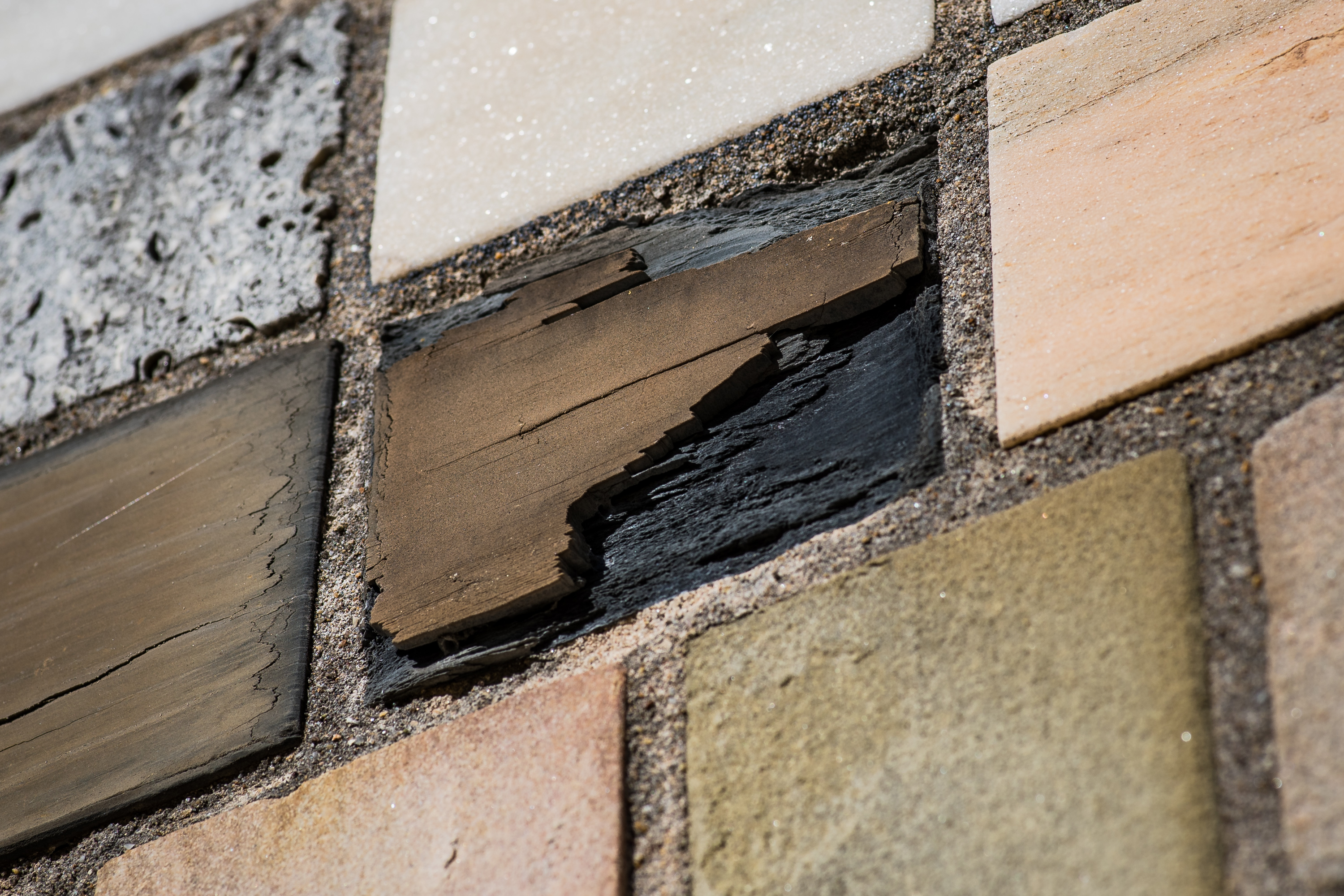
The current location of the stone test wall is on a secluded hill on NIST’s Gaithersburg campus. Despite the wall’s massive size and weight, Gaithersburg is actually its second home. It was originally constructed in 1948 on NIST’s original campus (then the National Bureau of Standards) in Northwest Washington, D.C. In 1976 the wall was moved to its present home in Gaithersburg and there it remains.
However, the story of the wall and why it was originally constructed, not to mention where all those stone samples came from, goes back over 140 years to when America was celebrating its 100th birthday.
Buy American
In the late 1800s, the industrialization and expansion of many American cities had created a boom in the construction industry. While many of those nice new buildings required stone for their construction, stone quarried domestically in the U.S. was oftentimes shunned by builders in favor of stone from older, more established sources outside the U.S. For example, an 1884 Department of the Interior report on petroleum, coke, and building stones notes that local stone from California was not trusted, and that “The first stone house erected in San Francisco, for example, was built of stone brought from China.”
Like any business trying to gain more customers, the U.S. stone industry naturally wanted to promote its products. And a perfect opportunity soon presented itself.
The first official world’s fair held in the U.S. was the Centennial International Exhibition of 1876 in Philadelphia. This wide-ranging event was not only a blowout celebration of the country’s 100th birthday but also a showcase for American-made goods and inventions. The exhibition featured an array of futuristic, newfangled products, like a steam-powered monorail, Alexander Graham Bell's first telephone, and Heinz ketchup.
Among the many exhibits in Philadelphia was an impressively diverse collection of stone samples, all quarried from states and territories across the relatively young U.S. of A.
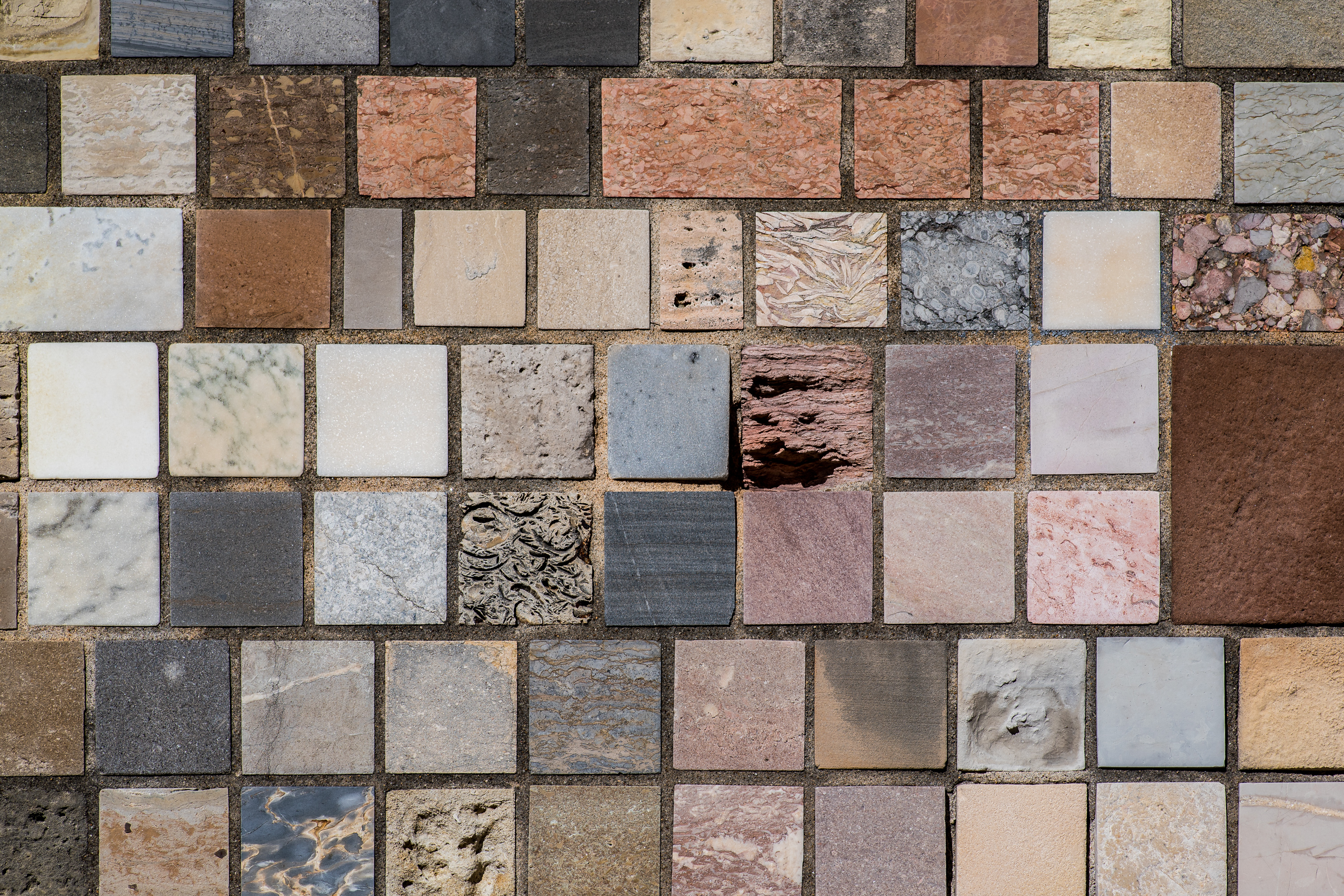
Made to last (or not)
After the party in Philly wrapped up, the stone samples were eventually grouped into two large collections. One collection was shipped to Columbia University and the other to Washington, D.C.’s newly established National Museum, which later became the Smithsonian’s Arts and Industries Building.
But the Smithsonian’s newly acquired collection was still just a large grouping of loose stones, albeit one of fantastic variety. The stones would not be joined together in a wall until several decades later when the Smithsonian turned over its part of the collection to NIST in the early 1940s. The unique nature of the collection was not lost on building experts of the time. They recommended that a test wall be constructed from the many different stone samples to study long-term weathering in a consistent way.
The wall was eventually constructed in 1948, after World War II (NIST, like many other U.S. agencies, was highly involved in the war effort, and studying long-term weathering was a slightly lower priority than defeating the Axis powers). NIST combined the original stone samples with additional samples collected from other sources. In total, the finished wall contained 2,352 individual stone samples, quarried from 47 U.S. states and 16 foreign countries.
Even the mortar holding the stones was purposefully selected for testing, with the entire right half of the wall set in high-calcium lime mortar, while the left half was set in portland cement mortar. And every single stone sample was meticulously set by one mason, Vincent Di Benedeto, working all by himself.
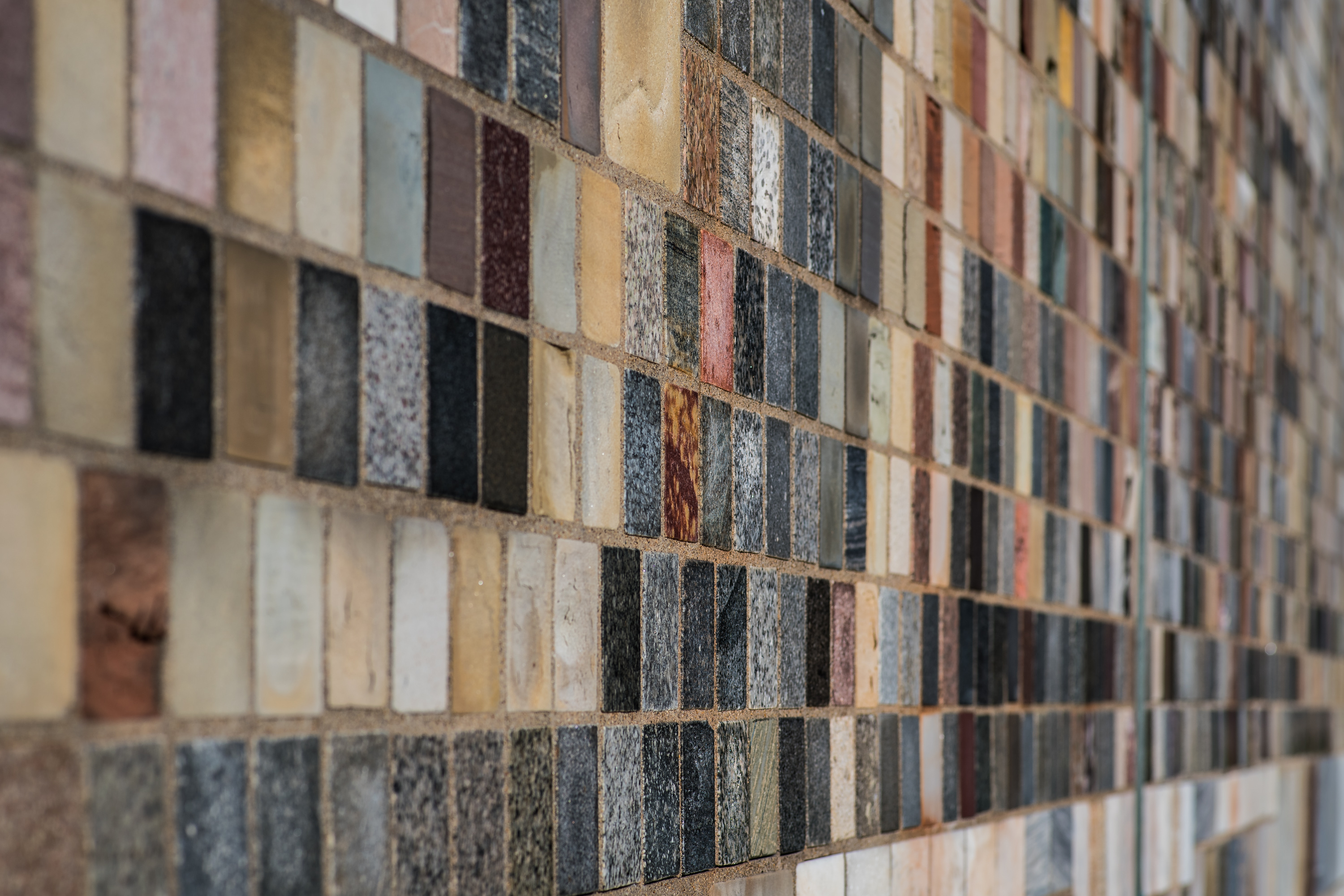
The finished wall stood in Washington, D.C., weathering away, for the next few decades. But the stones would be moved yet again. A year after America celebrated its bicentennial, the entire wall was moved—intact—and installed on the Gaithersburg campus in 1977, just over 100 years after the stone samples had originally been exhibited in Philadelphia.
Every type and color
The photos below show just a few picturesque examples of the wall’s many stone inhabitants.
Although many of the samples in the wall are rarely, if ever, used in buildings, some are quite popular. Indiana limestone and Potomac marble, used in buildings like the U.S. Capitol, are both present in the wall. Some of the wall’s other well-known residents include the Tennessee marble of the National Gallery of Art; marbles from Maryland and Massachusetts used in the Washington Monument; Colorado marble used for the Lincoln Memorial; and Mount Airy granite from North Carolina used in the Arlington Memorial Bridge.
It's truly a rock wall for the ages, and, with any luck, it will stand for ages to come.
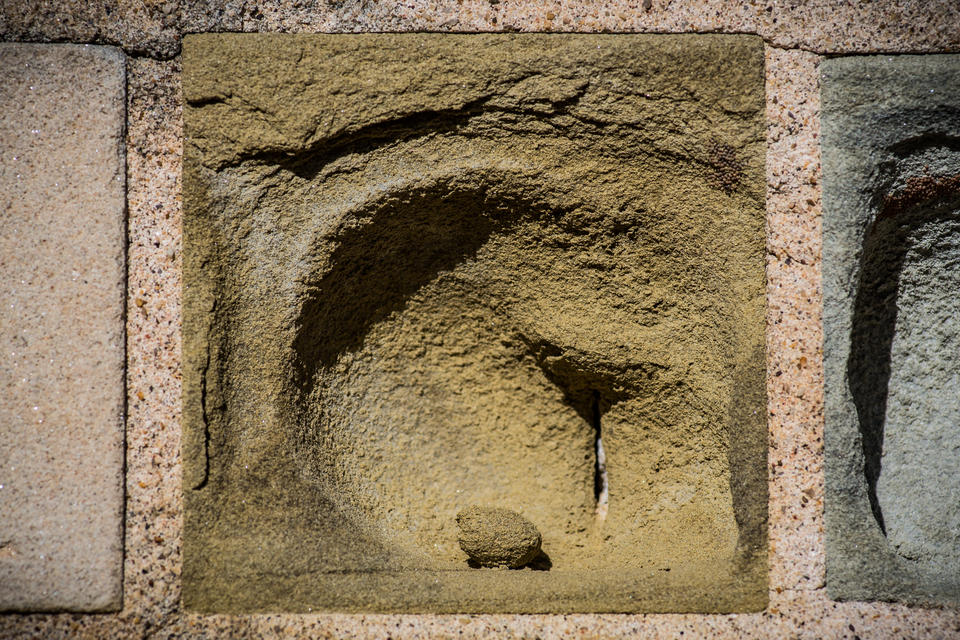
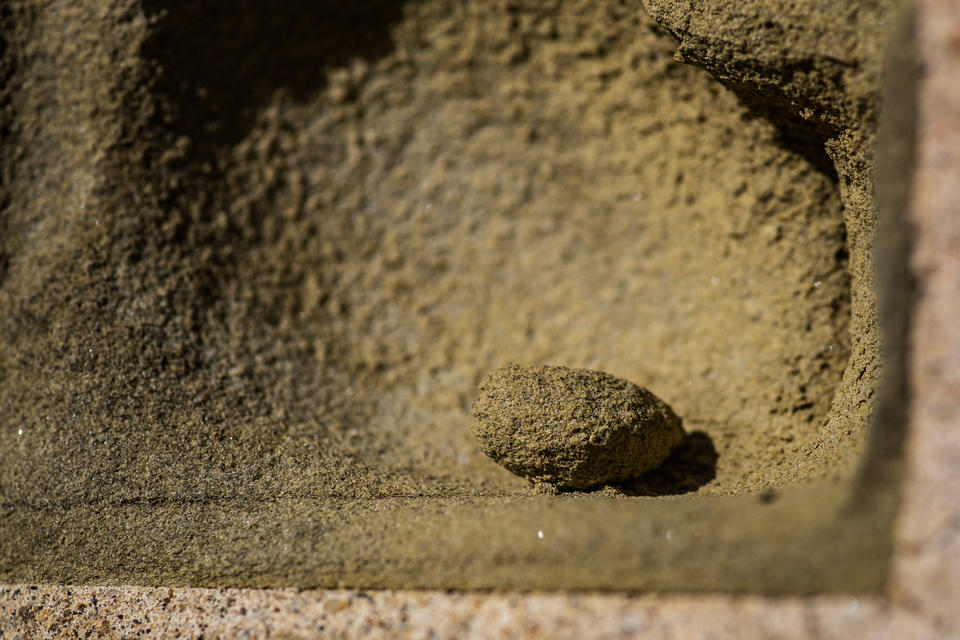
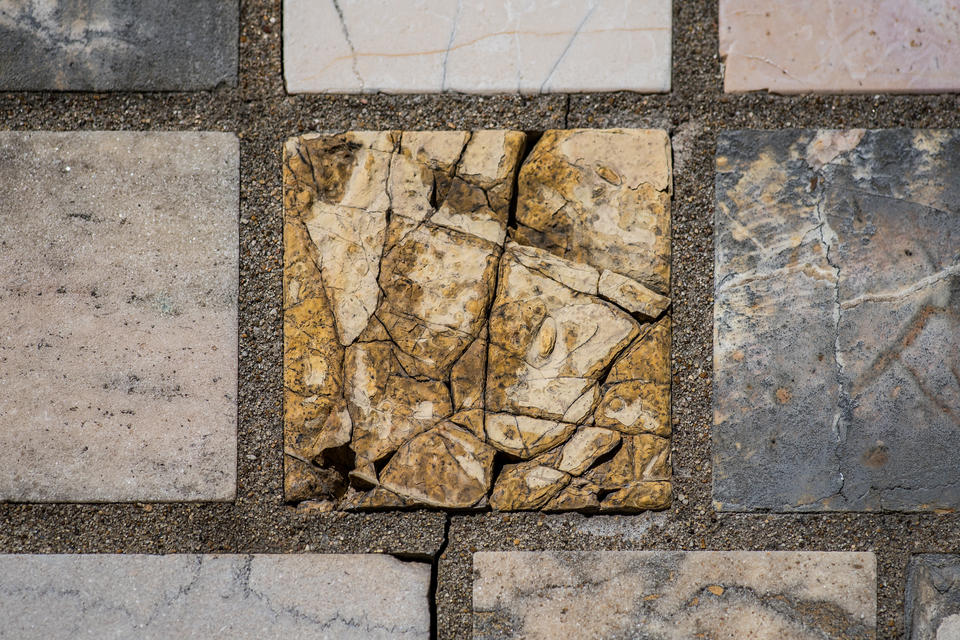
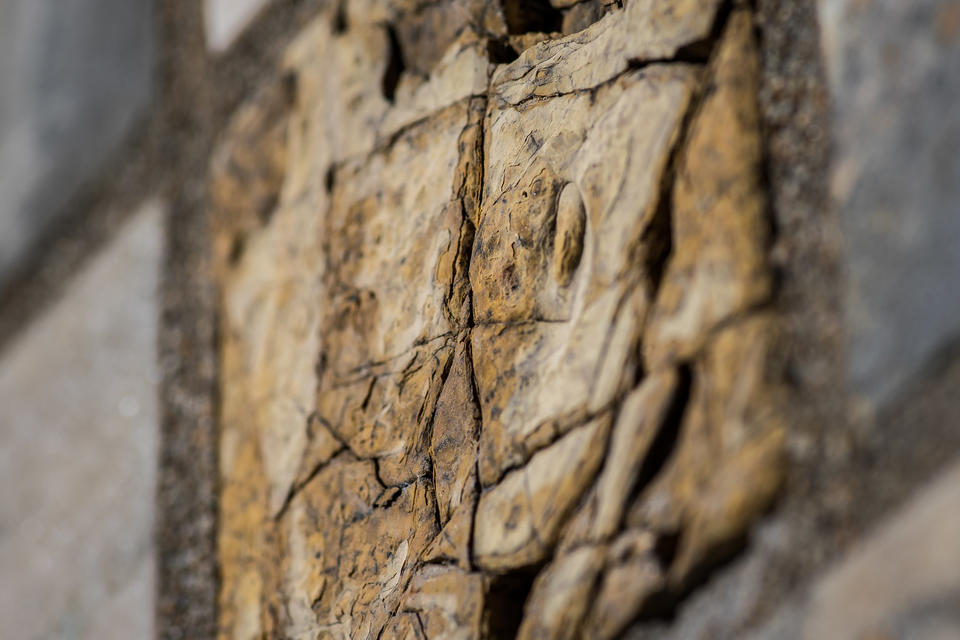
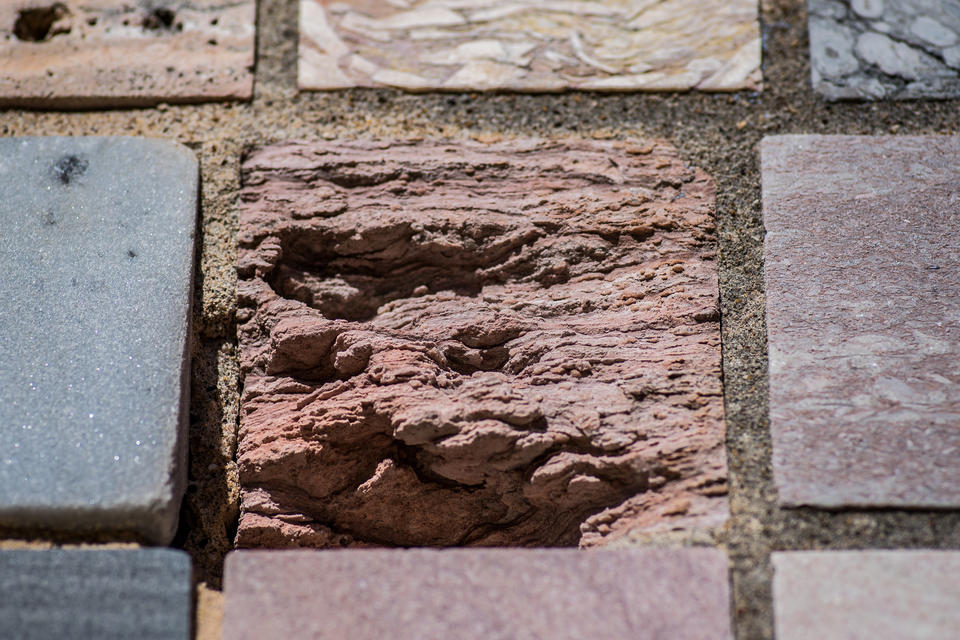
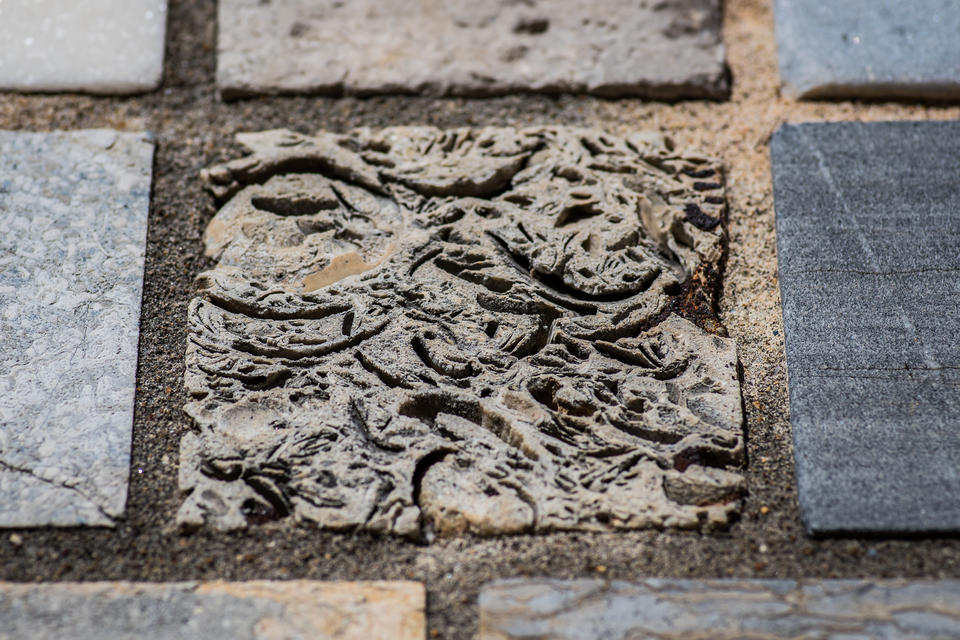
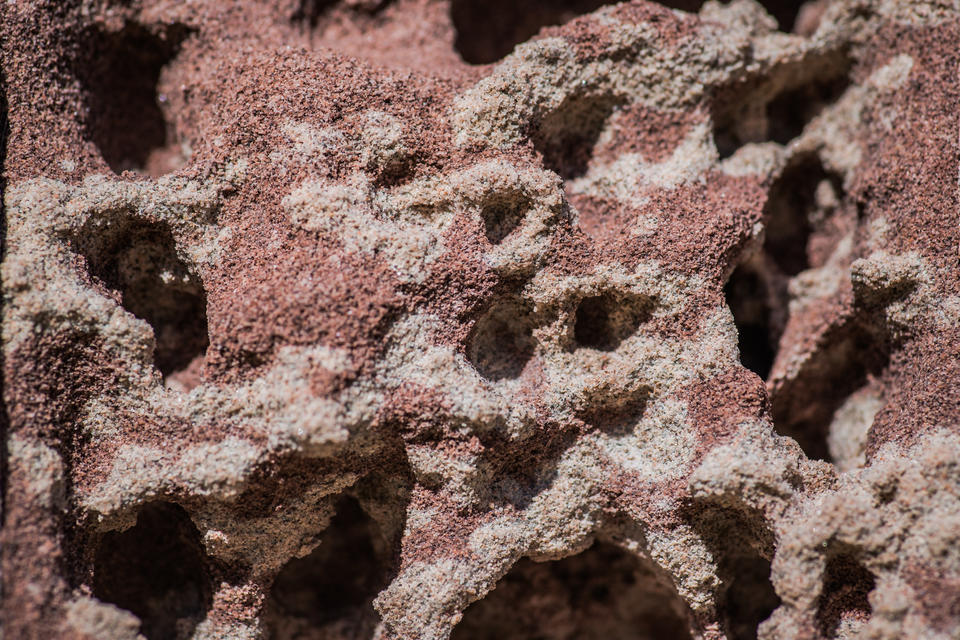
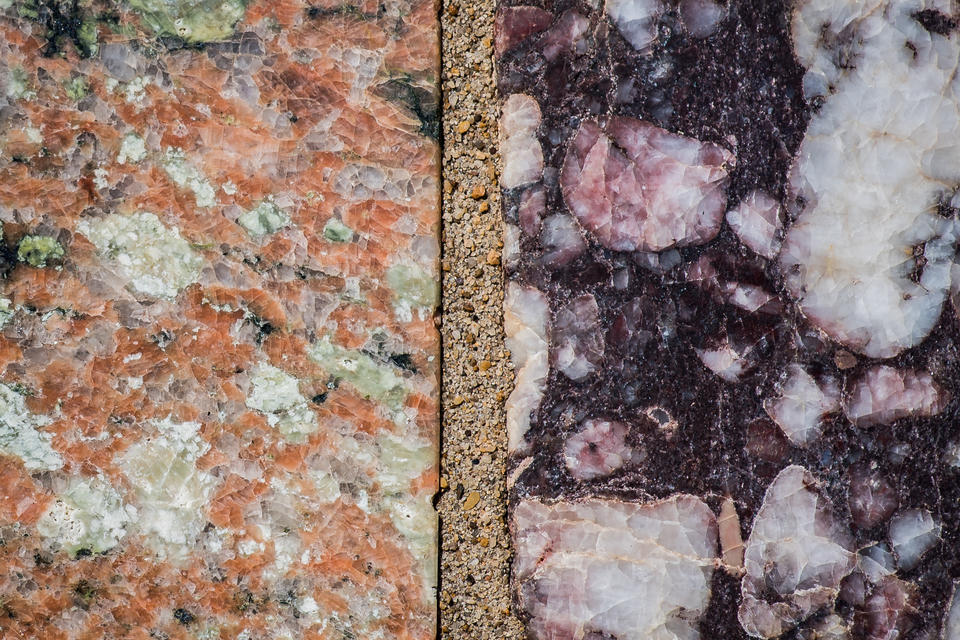
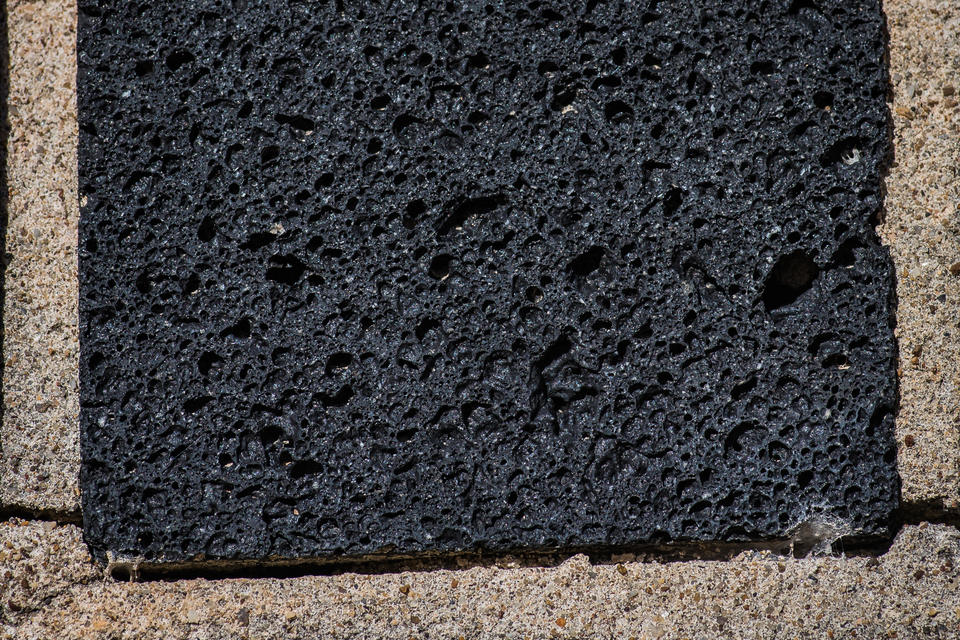
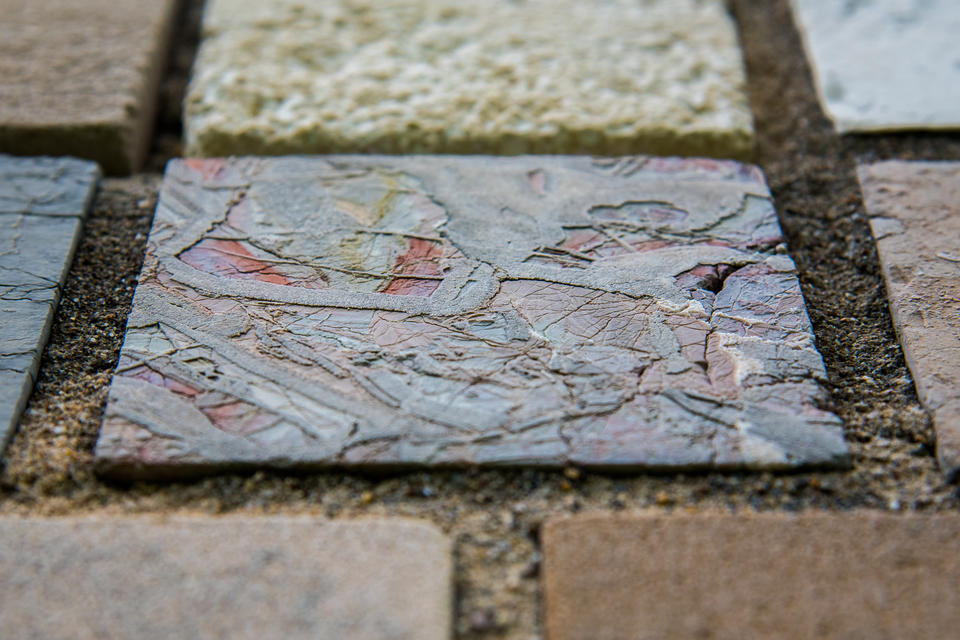
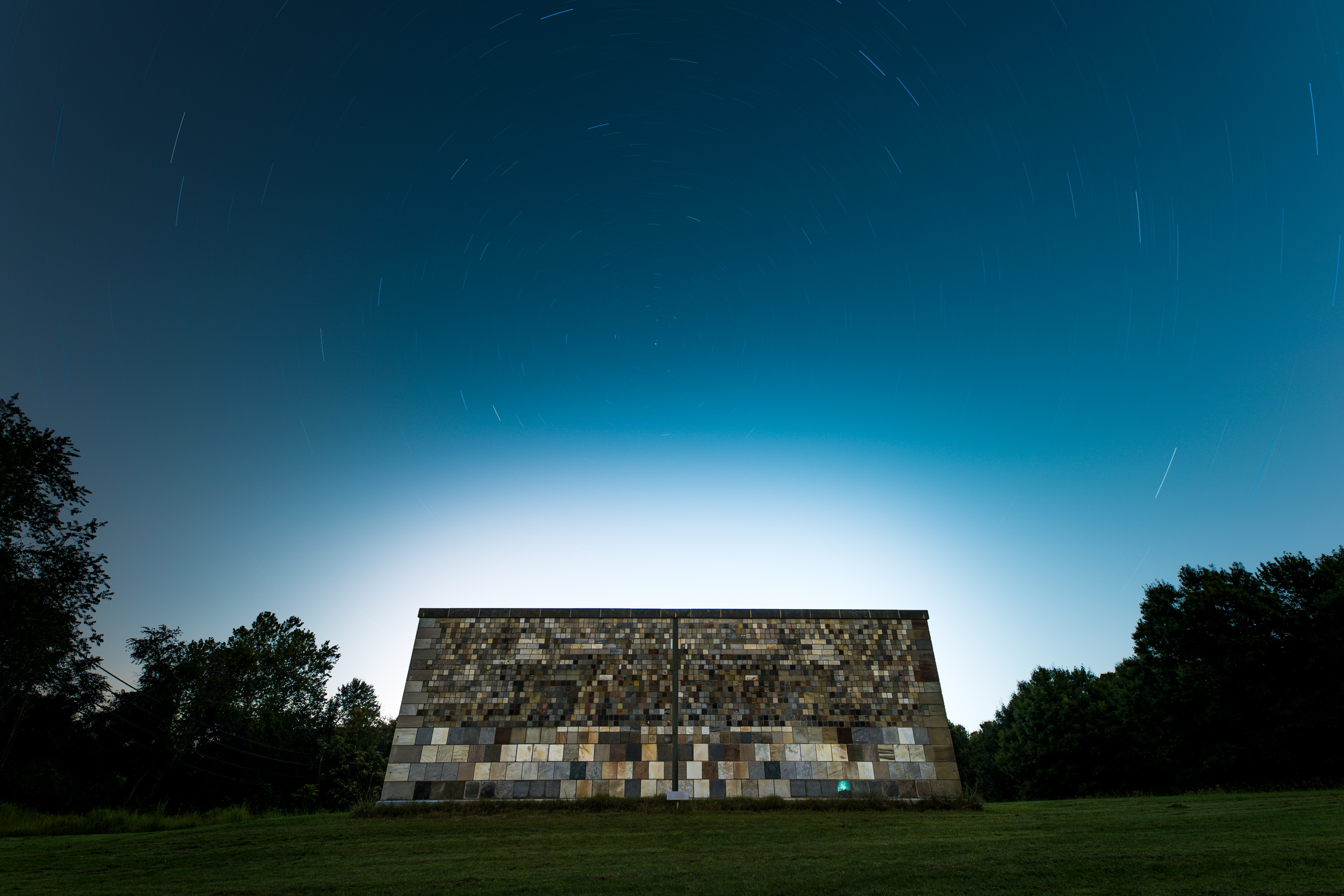
Want to see stones from your state? Check out the searchable NIST Stone Test Wall website.
About the author
Related Posts
Comments
what is a rock
Thanks for the very nice article of the Wall. Even though I worked at NBS-NIST, I first learned of and was first shown the Wall by a visiting German guest scientist many years ago. I enjoyed the article and learning more about the Wall. At one time, NIST maintained a “twin” set of unexposed samples. Do you know if they still maintained?
Yes, in fact you can find photos of many of the 'archival' stones on the stone test wall website: http://stonewall.nist.gov/
For example, here's the Cumberland, Ohio sandstone pictured in the article along with its archival 'twin':
http://stonewall.nist.gov/asp/Z1_stonedescription.asp?page=A4_stonedesc…
Ed,
The stonewall.nist.gov site shows the archive specimens with the exposed specimen. I have the archive specimens in cabinets in the lab for safekeeping. Your wall tour guide may have been Erhard Winkler, a geologist from Notre Dame University and expert in stone weathering. He visited in the late 1970's to catalog the stones and make some weathering depth measurements after about 30 years exposure.
Thanks Paul,
It is good to know the archive specimens are maintained. My guide was Thomas Weiss, a researcher from the geology department at Universität Göttingen. I know of Prof. Winkler by representation and his papers.
All the best, Ed
Poetic!
There is much much more to be said. The collection that these stones were part of was a world class collection, but it grew out of fashion.
The collection, not only but including the wall, is important for provenance as well as for weathering. The last time I tried to examine one of the specimens that was supposed to be in a museum, it was missing.
It is important that museums and institutions preserve these materials.
It's quite a good blog but it needs more pzaz
Very good I love it a lot!
Is Paul Stutzman still with NIST? Who can answer questions about the wall? Many Thanks.
The wall currently is maintained by the Materials and Structural Systems Division within the Engineering Laboratory within the Infrastructure Materials Group. The group leader for that group is Aron Newman.
Sorry to see this post so late. I'm at a loss for words now. It's so beautiful.






A touching paper, thanks Jason.
Time flies, the experimant fairly isolated, but keep existence.